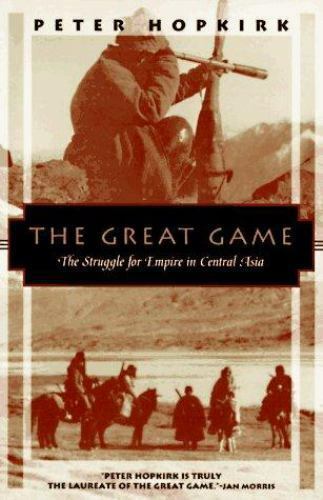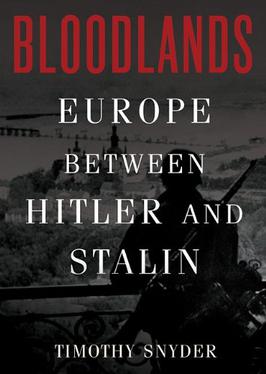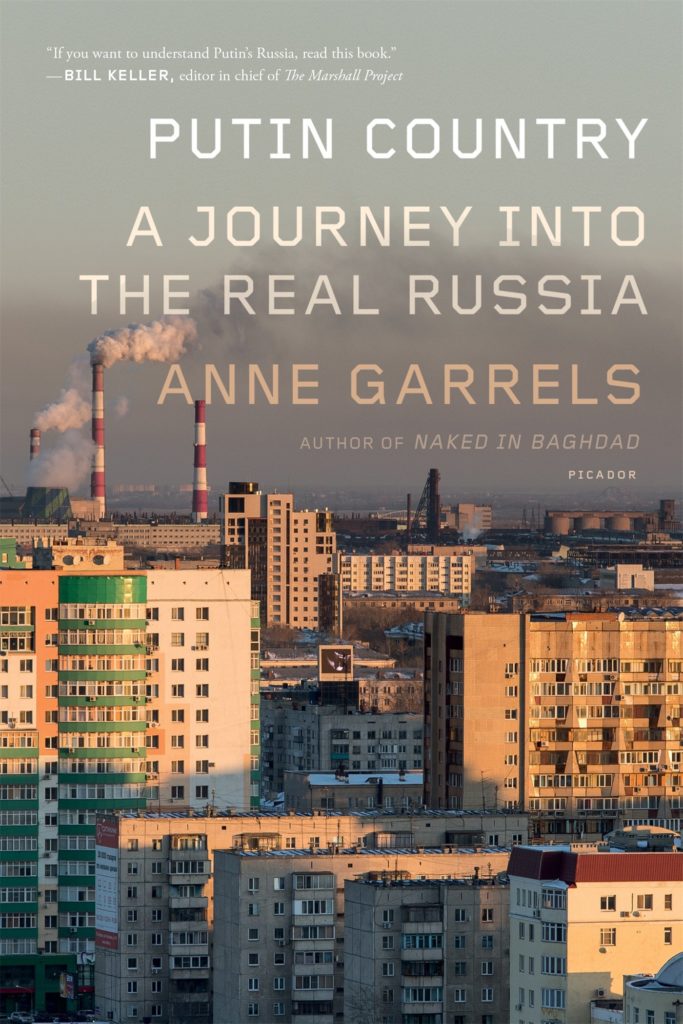Russia has historically been a challenging topic for scholars. Geographically, most of Russia lies in continental Asia, but culturally most Russians live west of the Urals in continental Europe. As a result, scholars and Russia’s intelligentsia have argued for centuries whether Russia should emulate the culture and institutions of Western Europe or pursue its own unique, Russian path.
In the nineteenth century, heated debates about the liberalization and modernization of Russia, an empire that at the time lagged behind Western powers by nearly all metrics, set the stage for opportunistic Bolsheviks, who plunged Russia into an authoritarian communist regime. As a communist successor state, the contemporary Russian Federation still struggles with its identity.
With the relationship between Russia and the US at a low unseen since the Cold War, Americans should strive to better understand Russia, including its people, culture, and history. While this list is not comprehensive, these five books are a good place for any curious reader to start developing a nuanced understanding of Russia.
The Great Game: The Struggle for Empire in Central Asia, by Peter Hopkirk (Kodansha International, 1992)

Peter Hopkirk’s capacity as a compelling storyteller is on full display in this riveting history of the strategic geopolitical struggle between the Russian and British Empires in Asia. After consolidating power in Eastern Europe in the nineteenth century, the Russian Empire looked to the east. In the Victorian Era, the British foreign policy establishment was concerned about Russia adding India, the “jewel in the crown,” to the Russian Empire’s rapidly expanding holdings in Central Asia. The British saw Russian influence in Afghanistan, a potential staging ground to project power into India, as a vulnerability to a key national interest. The result of the clashing empires’ ambitions was a prolonged game of diplomatic and geostrategic chess that lasted nearly 70 years and spanned across an entire subcontinent. This important but often overlooked chapter in Russian foreign policy history is important for understanding pre-communist Russia’s imperial ambitions and its early skirmishes with Western hegemony.
Bloodlands: Europe Between Hitler and Stalin, by Timothy Snyder (Basic Books, 2012)

Yale professor of history Timothy Snyder’s blood-soaked history of the Eastern European nations that were annexed, occupied, and reoccupied by both the Soviet Union and Nazi Germany in the twentieth century is a must-read. Referred to by some scholars as the “intermarium,” both Stalin and Hitler had competing ambitions over the strategic land between the Baltic and Black Seas. For the Kremlin, the land that now constitutes the sovereign nations of Ukraine, Poland, Estonia, Latvia, and Lithuania was regarded both as a base of industry and agriculture, as well as a buffer that provided strategic depth against the bourgeoisie West. From Stalin’s Holodomor in Ukraine to the Nazi-Soviet joint partition of Poland and the Nazi Holocaust, Snyder places the history of Eastern Europe in the most complete frame that I have ever seen. Unlike the atrocities committed by the Nazis, similar knowledge of the Soviet Union and its crimes against humanity are largely absent in American social awareness, due in part to the Iron Curtain’s repression of information. Thus, Americans, in our histories and pedagogies, have not fully accommodated what happened in the bloodlands. This is why Snyder’s work is so important. By diving into NKVD and KGB archives that have only been recently opened to scholars and piecing together the history of Russian-occupied Eastern Europe, Snyder enables his readers to begin understanding the plight of Eastern European nations that suffered at the hands the Kremlin.
One Day in the Life of Ivan Denisovich, by Alexander Solzhenitsyn, trans. Ralph Parker (Signet Classic, 1963; repr., New American Library, 2009)

The renowned Russian dissident writer and Gulag survivor Alexander Solzhenitsyn wrote One Day in the Life of Ivan Denisovich to bring the Soviet Union’s prison labor camps system into Soviet public discourse. Prior to Nikita Khrushchev’s destalinization reforms, Soviet writers were not allowed to refer to the Gulag. Before it was originally published in 1962, One Day in the Life was considered so transgressive by Soviet censors that Khrushchev himself had to intervene personally to allow its publication. The novel, told from the first-person perspective of one prisoner, Ivan Denisovich, walks readers through one grueling yet ordinary day in a Gulag labor camp. Ivan Denisovich’s daily struggle of dealing with hunger, sickness, abusive superiors, impossible manual labor, and unscrupulous prisoners who have adopted a dog-eat-dog mentality depicts how the worst aspects of man’s fallen nature came to a cacophonous crescendo in Stalin’s prison camps. Interestingly, while the picture that Solzhenitsyn paints is gruesome and depressing, Solzhenitsyn never makes normative or overtly political claims about Soviet leadership—the novel’s objective presentation of the Gulag’s squalid conditions and institutionalized corruption effectively impart upon the reader’s heart its inherent injustice and inhumanity by highlighting the Soviet system’s arbitrariness and mindless cruelty. Solzhenitsyn’s writings contributed to the moral decay that slowly ate away at the Soviet regime’s institutional legitimacy and eventually led to its downfall in 1991. While most Americans know the Gulag camps were bad, few are familiar with personalized narratives that detail the Gulag experience. Just as Elie Wiesel’s Night is important for understanding the human costs of the Holocaust, Alexander Solzhenitsyn’s One Day in the Life is important for understanding the human costs of Stalinism.
The Russians, by Hedrick Smith (Quadrangle, 1976)

Originally published in 1976, The Russians is a collection of observations and reflections about various facets of Soviet life experienced by the author, a New York Times reporter, while living in Soviet Russia with his family. An outstanding primary source document, reading The Russians is like opening a time capsule to the 1970s. Rife with colorful anecdotes, The Russians captures the struggles of everything from rural and industrial life to the solace found in religion and private life. Topics covered include political dissent, the ruling class, and party leadership. There’s even a chapter dedicated to “the art of queuing”—the ubiquitous Soviet tradition of standing in line for hours for the most basic of consumer goods. This book is a joy to read, and each chapter is prefaced with humorous Soviet proverbs, sayings, and self-aware jokes. While reading The Russians you’ll laugh, you’ll cry, and you’ll learn more about Brezhnev-era Soviet society than you ever thought possible.
Putin Country: A Journey into the Real Russia, by Anne Garrels (Picador, 2017)

Contemporary Moscow and St. Petersburg are representative of Russia in the way that Washington and New York are representative of the United States. If one truly wants to understand Russia, they mustn’t limit their study to Russia’s cosmopolitan jewels, but look to Russia’s heartland, to Putin’s country. This is exactly what longtime NPR foreign correspondent Anne Garrels does in this fantastic book. Putin Country examines life for ordinary Russians in Chelyabinsk (population 1.2 million), an industrial city based on metallurgy. In Putin Country, Anne Garrels does for post-communist Russian society what Hedrick Smith did for Brezhnev-era Soviet society in The Russians. She masterfully examines the Putin generation’s ongoing search for national identity in a post-Soviet world as Western sanctions, Russian nationalism, and Putin’s authoritarianism grips the country. In this book, Garrels taps into the minds of a wide spectrum of “real” Russians. These include ordinary villagers, blue-collar workers, young entrepreneurs, nouveau riche gangers, civil society activists, and an even a small evangelical Protestant congregation. This book is the perfect antidote for the analytical tunnel vision that many Russian scholars construct around contemporary Russia’s elite and ruling class.






